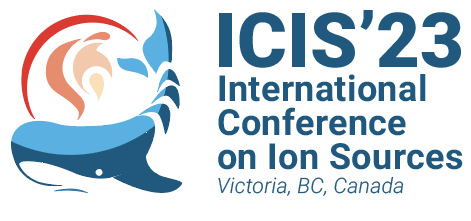Speaker
Description
The experimental fusion reactor ITER will feature two heating neutral beam injectors (NBI) capable of delivering 33(50) MW of power into the plasma. NBI consists of a plasma source for production of negative ions (extracted negative ion current up to $\mathrm{329\,A/m^2}$ in H and $\mathrm{285\,A/m^2}$ in D) then accelerated up to 1 MeV for one hour. The negative ion beam is neutralized, and the residual ions are electrostatically removed before injection. The beam divergence has to be 3 to 7 mrad.
The ion source in ITER NBIs relies on RF-driven, Inductively-Coupled Plasmas (ICP), based on the prototypes developed at IPP Garching; RF-driven negative-ion beam sources have never been employed in fusion devices up to now. Compared to filament sources, beams extracted from RF sources exhibit larger divergence, which might result in unexpected heat loads over the accelerator grids. Previous studies verified that such beam features are not due to the electrostatic grids shape, so it is believed plasma differences between the two source types play a role. Recent results of SPIDER, the full size ITER NBI ion source operating at NBTF in Consorzio RFX, Padova, highlighted non-uniformities, which are then projected into the properties of beam.
One RF driver, identical to the ones used in SPIDER, installed in a relatively small-scale experimental set-up, more flexible than large devices, is starting operations to carry out experiments on the properties of RF-generated plasmas, to contribute to the assessment of negative ion precursors, and their relationship with the plasma parameters, particularly when enhancing plasma confinement.
The scientific questions that have arisen from SPIDER operation guided the design of the test stand, which is described in this contribution together with the diagnostic systems and related simulation tools. The test stand will also allow testing technological developments and optimised engineering solutions related to the ICP design at the NBTF.
| Funding Agency | Eurofusion |
|---|---|
| Email Address | isabella.mario@igi.cnr.it |
| I have read the Code of Conduct to attend ICIS2023. | Yes |

